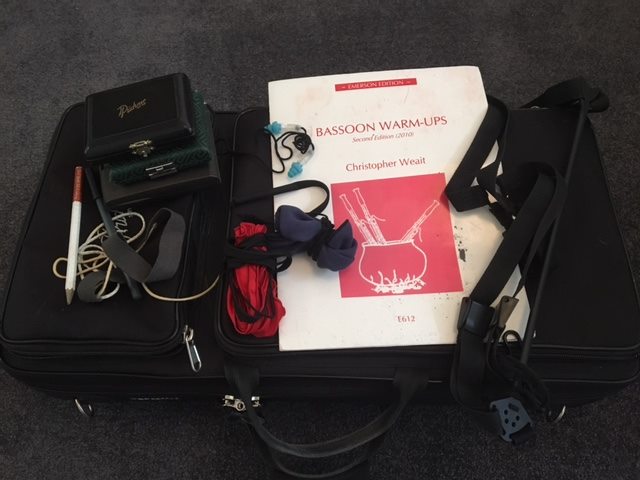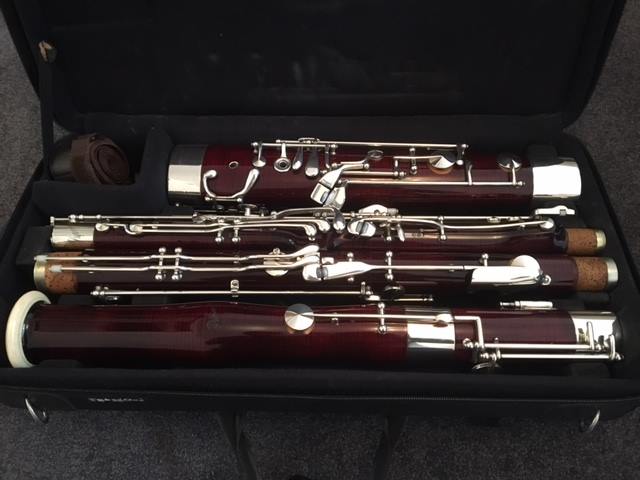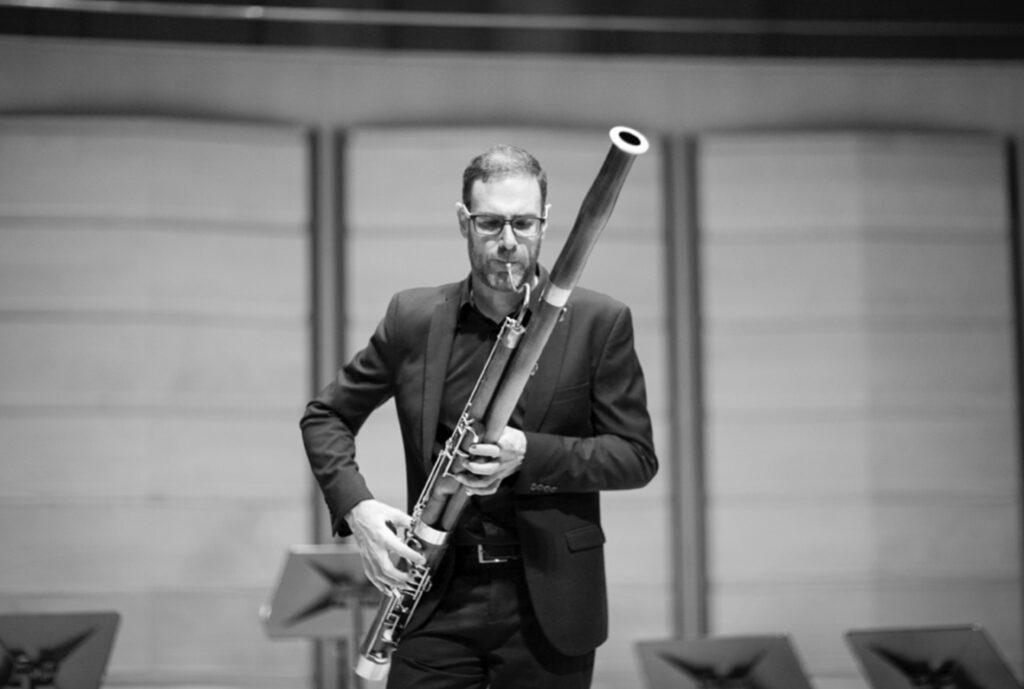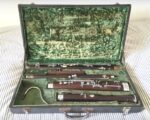Cameron Burnes is a freelance bassoonist based in Melbourne, Australia. He has performed with the Melbourne Symphony as well as Orchestra Victoria
Check out Cameron’s Youtube channel and his new Bassoon Forum series of video’s.
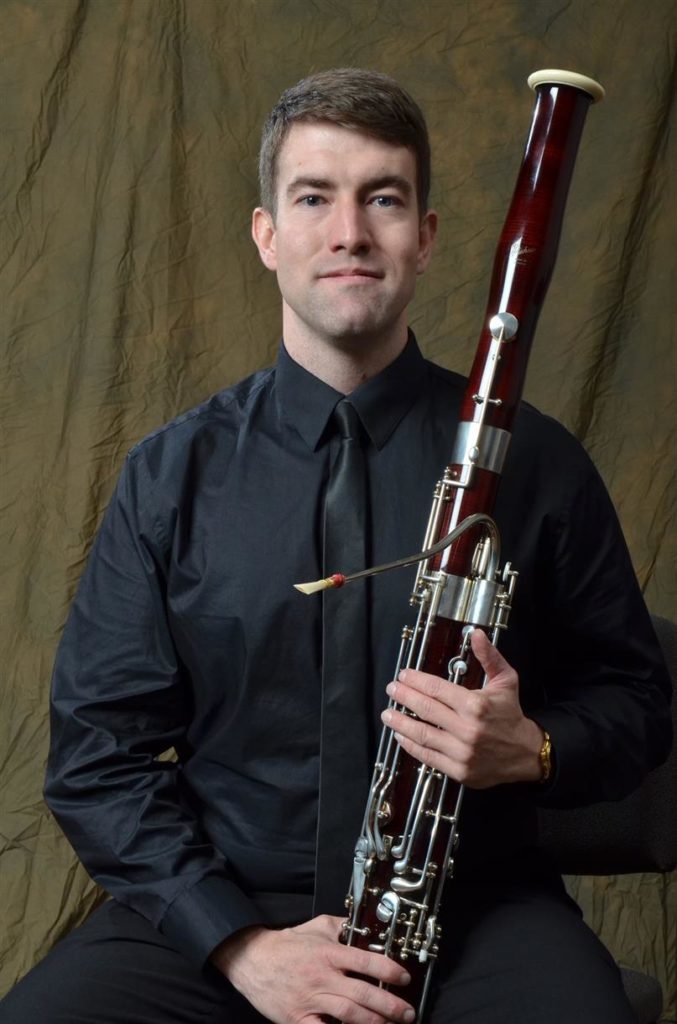
Instrument – 2009 Püchner Superior. I went on a pilgrimage to Europe for the first time and selected my bassoon from the Püchner factory. During my visit I spent the morning selecting my bassoon out of four other instruments. They were very similar, although each instrument had an individual characteristic. Gerald Püchner treated me to a fantastic lunch at a local Italian restaurant and then we spent the afternoon selecting bocals for my new bassoon.
Bocals – Puchner BD2, MS2 (straight bend), Heckel CC2. After many years of playing my instrument I recently went back to using the BD2 bocal that I selected with the instrument. They are a great match!
Reeds – I could talk about this all day! I have been making my own reeds since the second year of my Undergraduate studies. My current reed style is a mix of what I’ve learnt from my teachers: Andrew Barnes, Yoshiuki Ishikawa and Elise Millman. I owned a gouger and profiler (and recently sold them), and I strongly recommend that students wait until they have a full time job unit they invest the time and money into processing cane themselves. Many companies sell excellent processed bassoon cane, and buying cane already processed saves so much time! Students who buy quality processed cane also make better and more consistent reeds for the start, and they don’t need to worry about the issues that come with gouging and profiling cane. Creating the tip of the bassoon reed is perhaps the hardest part of reed making. A tip profiler is also a handy tool for when you are doing lots of auditions, and its easier to build up a large stock pile of consistent, finished reeds. I personally finish the tips of my reeds by hand. It’s my form of meditation.
Lyndon Watts introduced me to Kreedo cane and I have been using it almost exclusively for two years now. I buy the cane density tested, and I use the high density cane for second bassoon playing and very high density cane for principal bassoon and solo playing. I only make about 60 reeds a year now, and they all work!
Case – I use the Marcus Bonna case that came with my instrument. I love the design of this case, and the handy pockets that it has. Although it’s not really a traditional hard case, it’s the closest thing. One day I wish that someone could build me a traditional style hard case that’s made out of carbon fibre, with hiking bag straps, and lots of storage for music and accessories.
Comment – Keep your bassoon swabs and reed water container in the outer storage pockets of the case. Leaving the swabs inside the case doesn’t allow the bassoon or the swabs to dry. Also, find a safe area at home (away from pets and children) to open your bassoon case and let it dry for a few hours after a long day of playing.
